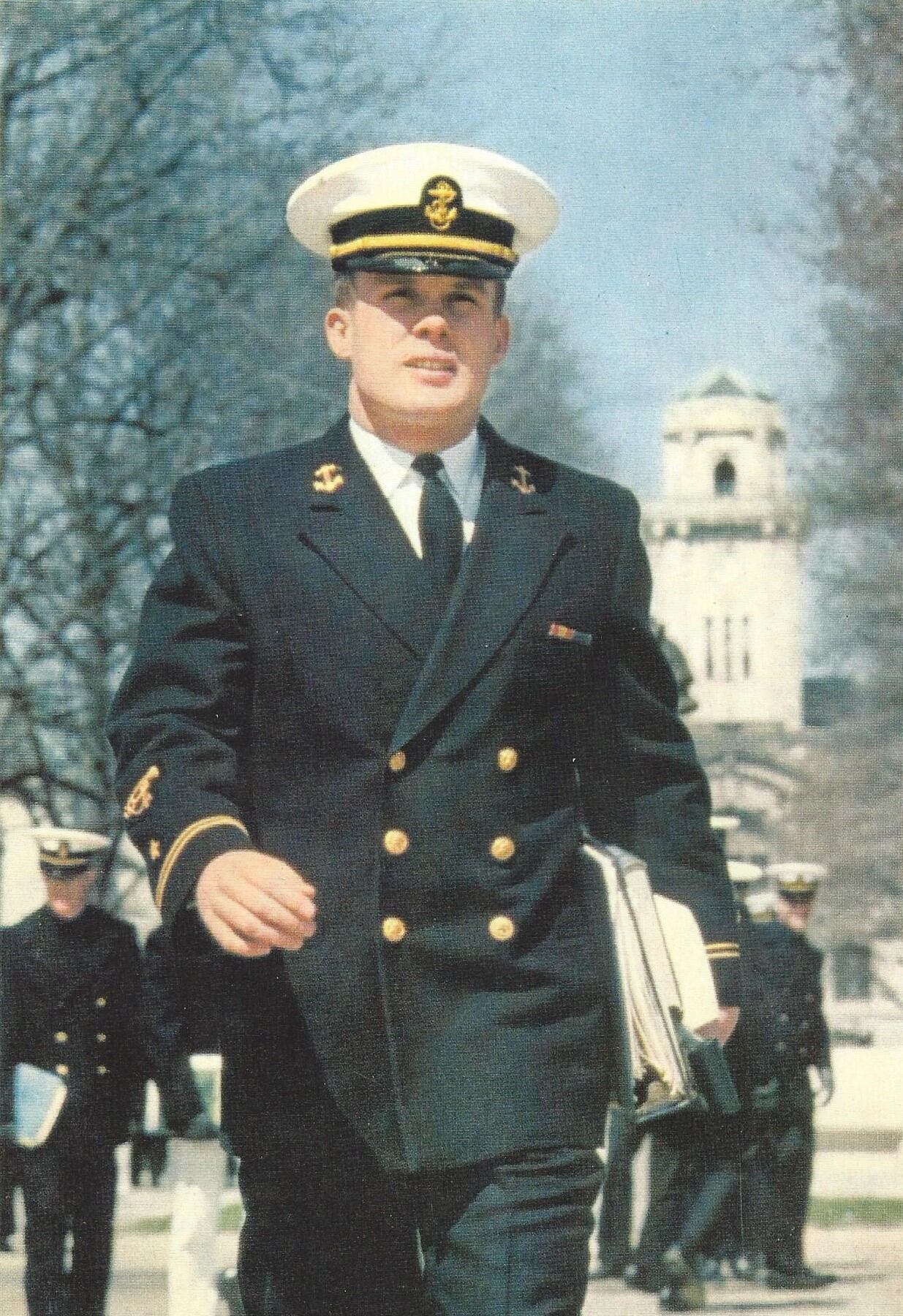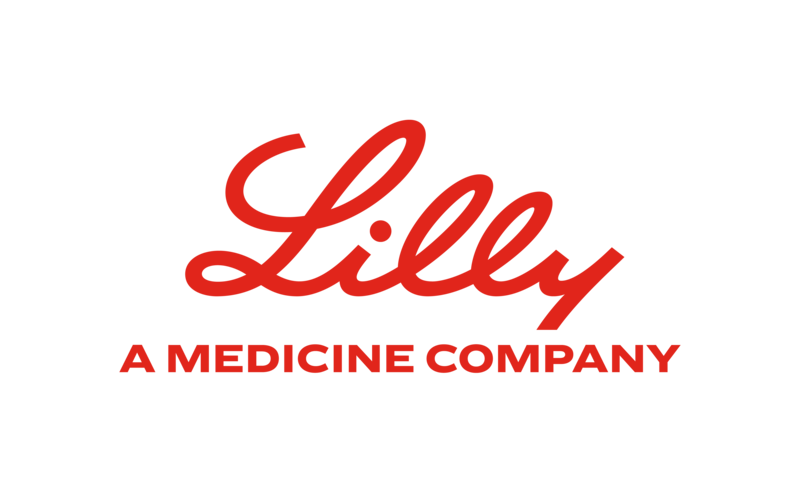As a veteran Top Gun Radar Intercept Officer (RIO), Bruce Wright prioritizes discipline in all aspects of life. As a Naval Flight Officer (NFO), Bruce had to know his pre-flight checklist like the back of his hand, and he took the same initiative and discipline as a patient with chronic lymphocytic leukemia (CLL) to understand his disease inside and out and advocate for CLL patients like himself to do the same.
How military roots prepared for unexpected battles

When Bruce graduated from high school in his small upstate New York hometown among 38 classmates, many of his peers planned to work in the town’s dairy farms. Rather than following suit, Bruce enrolled in a junior ROTC prep school where he learned of the opportunity to pursue a military career. Looking to continue his education, Bruce applied without hesitation to the U.S. Naval Academy and was accepted through an Honor Military School Appointment.
Upon graduation from the Naval Academy in 1967, Bruce completed three tours – one on a destroyer and two others flying jets on an aircraft carrier.
Bruce’s interest in becoming a NFO brought him to the Top Gun program. The training process took him down to bare bones to be built back up again, teaching him how to survive every encounter with the enemy, how to defeat the enemy, and how to come home with the airplane intact.
Beyond his training, Top Gun taught Bruce that understanding the value of partnership can lead to a successful landing and changed his perspective on how to view the world.
“Most people work in the XY axis, which means you drive a car or a boat,” Bruce said. “Then in an airplane, you have the Z axis - once you have the Z axis, things become much more dangerous because there’s nothing underneath you. So, you have to think ahead of it.”
Taking control of your disease
The Navy taught Bruce how to face challenges head on, “because you learn what is within you and how to apply it,” he said.
Bruce had never heard of CLL until he visited a local American Legion Post and spoke with the VA interviewer about his military experience. The interviewer told Bruce he had likely been exposed to Agent Orange during his service and he should get a blood test done immediately.
Sufficient evidence exists of an association between exposure to herbicides and the subsequent development of CLL which affects a large proportion of U.S. veterans.1,2 Agent Orange is a mixture of herbicides that was sprayed by the U.S. military during the Vietnam War.3 Looking back, Bruce recalls the presence of Agent Orange in the water and realizes his exposure was unavoidable during his time in Vietnam.
“You drink it, cook in it, bathe in it, you got it, it’s there,” Bruce said.
Bruce’s blood test results came back positive for CLL, one of the most common types of leukemias in adults.4 The cancer is a form of slow-growing non-Hodgkin lymphoma that develops from white blood cells known as lymphocytes. Like most CLL patients, Bruce had no initial symptoms of the disease known as CLL.
Learning of his diagnosis, Bruce immediately asked a doctor, “What is CLL?” and was told to “Google it.”
Committed to taking control of his disease, Bruce decided that answer wasn’t good enough, so he found his attending doctor and proactively declared, “I’m your patient now.” Bruce and his doctor would go on to meet for two to three hours at a time to discuss CLL at length as he began to know his disease.
“I tell people when you have CLL, you take charge of your disease,” Bruce said. “Learn all you can about it and be in charge. Self-advocate. Do the work that has to be done for you to not only learn about it but learn how to control it, defeat it, overcome it, live with it.”
Following his diagnosis, Bruce had a five-year watch and wait period. Watch and wait is a common practice in CLL treatment plans in which patients don’t begin treatment upon diagnosis, and rather their medical team monitors their labs until blood counts or symptoms show it’s time for treatment intervention.5
Eventually, Bruce’s watch and wait period was over when he began to experience profound fatigue caused by high white blood cell counts.
Bruce took on the challenge of CLL like a RIO, armed with education about his disease from understanding his treatment options to memorizing his bloodwork numbers, he began initial treatment. He felt in control of the situation as he faced his new enemy in partnership with his care team.
For seven years, Bruce’s disease was controlled, and he continued semiannual checkups, keeping himself up to date on the state of his disease. Then his blood counts started to change again, and Bruce’s doctor proactively put him back on a treatment regimen. As of today, Bruce’s CLL remains in a state of minimal residual presence, meaning there is only a small number of cancer cells present in his body.

“If you don’t pay attention to the Z axis, you will CBD – we call it crash, burn and die,” Bruce said. “If you conquer it, you get control of it, and if you control it, it doesn’t control you.”
Learning to lead with heart
Bruce’s expertise as a RIO not only taught him the art of control, but he also says it was the most important choice in his life.
His military experience taught him to be a leader in discipline, but he was shown how to lead with heart from childhood. He credits his first training in proper leadership to his grandfather, an elected justice of the peace for 32 years who, according to Bruce, “led by the head and the heart, not by the book.”
Soon after his diagnosis, a fellow patient reached out to Bruce online and told him about a support group of CLL patients, and he immediately joined. From the beginning, Bruce saw that this group would help in his path to becoming a CLL expert.
“I was owning my disease, and I was trying to learn everything I could about it and this was the only forum that had anything good about it,” Bruce said.
These small gatherings would later become known to be part of the official CLL Society in 2013, of which Bruce acts as a proud senior advisor overseeing ten support groups and serving as Chair of the Patient Advisory Board. Additionally, Bruce is the Veterans with CLL Liaison for the CLL Society. CLL Society is a physician-founded, patient-centric nonprofit organization with a mission to address the unmet needs of the CLL and small lymphocytic lymphoma (SLL) community through patient education, advocacy, support, and research. CLL Society looks to help create a world in which the entire CLL / SLL community can equitably access quality education, support, and care, to lead healthier and richer lives.
Advocating for a new path for CLL care
Bruce did not just admire the leadership he was surrounded with; he absorbed their practice into his own and became a leader for fellow CLL patients to help them learn the importance of self-advocacy.
While Bruce recalls a lengthy process to obtain benefits during his initial treatment, he learned the ins and outs and has now made it his mission to guide other veterans through the process so they won’t have to navigate it alone.
Bruce retired in 2011 but has no plans to end his streak of honorable work for others. Today, Bruce has helped over one hundred veterans who have experienced disability get the benefits they’ve earned through their service. The biggest reward for Bruce is seeing people get the support they need and encouraging them not to give up during the process.
There is also still a call for additional treatment options from CLL patients and although there have been significant improvements in the space over the past decade, research for additional treatment options continues. According to a 2021 survey conducted by Lilly, 71% of CLL patients are concerned about the lack of other treatment choices if their current treatment stops working.6
Not only is Bruce a leader among CLL patients, but he furthers the mission of the CLL Society to create smart patients. There is never a question Bruce was afraid to ask to become an expert in CLL, and he encourages his peers to have the same approach, no matter what their disease. With this expertise approach, Bruce is able to make the best treatment decisions for himself and teach others how to do the same.
Even after surviving military battles and dangerous jet landings, Bruce understands he is not invincible - but he does consider himself to be a fortunate man.
“And with that fortune, if I can help somebody have a better day, that’s my payback,” Bruce said.

If you or someone you know is a veteran impacted by CLL or SLL, visit CLL Society’s veteran support page to learn more about the resources available to you and how to become an empowered CLL patient equipped to make the best treatment decisions.
________________________________________________________________________________
1. NIH. Outcomes in chronic lymphocytic leukemia patients on novel agents in the US Veterans Health Administration System. July 2021. Accessed May 15, 2024. https://pubmed.ncbi.nlm.nih.gov/33569992/
2. US Department of Veterans Affairs VHA. Chronic B-cell Leukemias and Agent Orange. December 11, 2013. Accessed July 26, 2024. https://www.publichealth.va.gov/exposures/agentorange/conditions/bcell-leukemia.asp
3. American Cancer Society. Agent Orange and Cancer Risk. Accessed July 26, 2024. https://www.cancer.org/cancer/risk-prevention/chemicals/agent-orange-and-cancer.html.
4. NIH. Chronic Lymphocytic Leukemia Treatment (PDQ®)–Patient Version. Accessed on May 15, 2024. https://www.cancer.gov/types/leukemia/patient/cll-treatment-pdq#_48
5. CLL Society. Watch and Wait (Active Observation). 2023. Accessed May 15, 2024. Watch and Wait (Active Observation) - CLL Society.
6. Eli Lilly and Company. People Living with CLL Deserve More. December 15, 2021. Accessed May 17, 2024. CLL_Survey_Infographic_Patient-Version_V5-1-.pdf (ctfassets.net).


